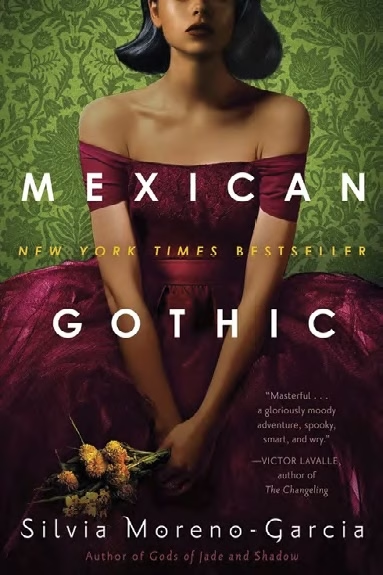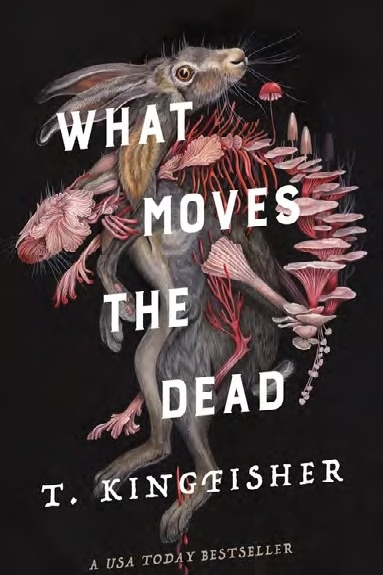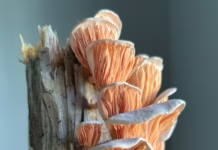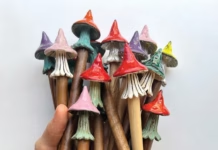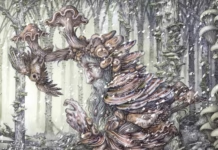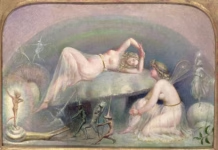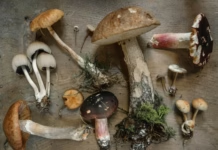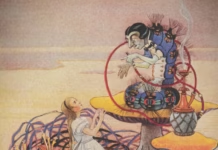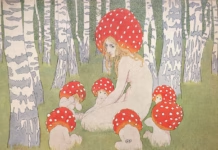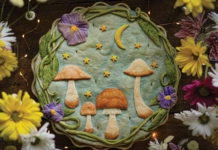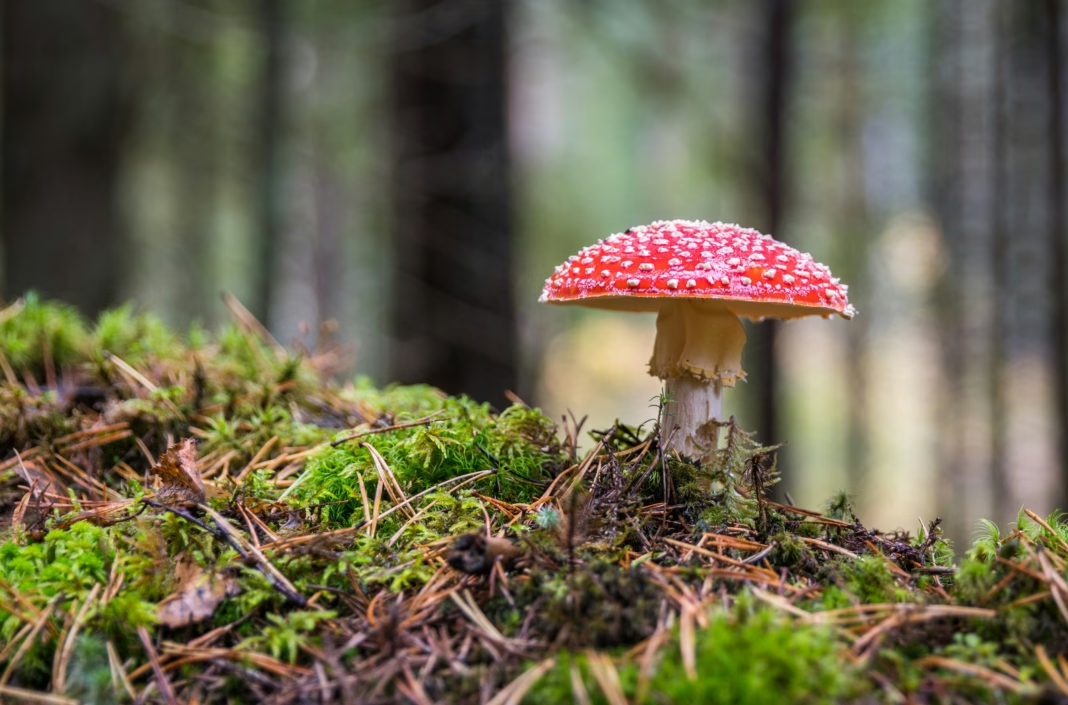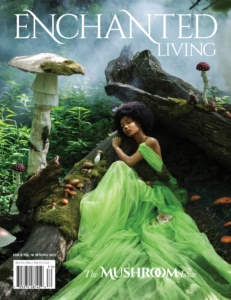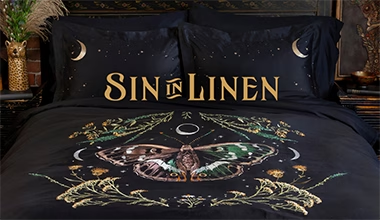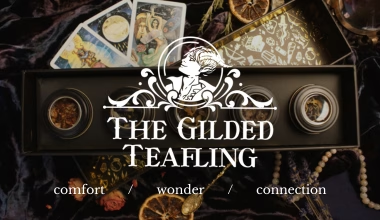by Sara Cleto and Brittany Warman
“The dead don’t walk. Except, sometimes, when they do.”
—T. Kingfisher, What Moves the Dead
In recent years, mushrooms have appeared in some very particular realms of speculative literature— horror and the Gothic. It turns out that mushrooms are the perfect vehicle for scary stories. Part of it is their sheer liminality. Despite all of our scientific advancements, we still don’t really understand them. They’re not exactly flora, not exactly fauna, but something entirely different—something that resists categorization.
What cannot be put into tidy boxes quickly becomes fodder for tales of horror. In high-theoretical terms, monsters frighten us because of their “hybridity”—they aren’t quite one thing or another, and the ambiguity is deeply unsettling. This is easy to see with classical monsters like Medusa or Scylla, whose beautiful human bodies are transformed by the addition of snakes or extra heads. Now hybrid composites, they are no longer entirely human, but they’re not animals either. They’ve become monstrous.
Mushrooms, which never fit into a neat category to begin with, are very ready to be made monstrous.
One of our favorite books that explore the sinister potential of the mushroom is T. Kingfisher’s What Moves the Dead, a 2022 retelling of Edgar Allan Poe’s short story “The Fall of the House of Usher.” As in Poe’s story, the narrator (here named Alex Easton) arrives at the home of their friend Roderick Usher and his sister, Madeline, only to see that the house is falling into ruin. Something is very wrong: While the reason for Madeline’s illness and the house’s decline is never made explicit in Poe’s story, Kingfisher places the blame squarely on the parasitic mushrooms that thrive in the unwholesome landscape. These are mushrooms that can literally move the dead, and when Madeline dies, she’s also reanimated by their power. Remember what we said about hybridity and monstrosity? Madeline becomes part woman, part corpse, mostly mushroom. Eat your heart out, Medusa.
Sylvia Moreno-Garcia’s superb 2020 novel, Mexican Gothic, takes the idea of mushroom-based life extension even further. Like What Moves the Dead, the story begins with our protagonist visiting an old Gothic home and finding it overrun with problematic mushrooms. Noemí, the book’s heroine, goes to check on her cousin Catalina, who has married into the English Doyle family. Noemí quickly realizes that their mansion is overtaken with mold, fungus, and rot, which disgusts her but seems to be weirdly acceptable to the Doyles.
It turns out that the house’s mushrooms have developed a symbiotic but decidedly sinister relationship with the Doyle family. They offer healing properties, but they also seem to sap something vital from the people who dwell in the house.
Eventually, Noemí discovers that the family patriarch, Howard, uses the fungus to grant him an incredibly long life. But what’s much worse is that the mushrooms also grant him dominance and power over all his family members. He has learned to literally take over the consciousnesses and bodies of younger family members through the mushrooms’ power.
So once more, a human fused with mushrooms proves to be bad news. Like the oppressive colonial powers in Mexico to which the Doyle mushrooms are deliberately alluding, it seems like an impossible situation, but Noemí’s solution is both satisfyingly dramatic and extremely warranted.
If you want to explore more sinister mushroom tales, other books that feature them include Stephen King’s Dreamcatcher (2001), Creatures of Want and Ruin by Maggie Tanzer (2018), Agents of Dreamland by Caitlín R. Kiernan (2017), and a collection of short stories entitled Fungi (2012), edited by Orrin Grey and Moreno-Garcia.
But be warned: After reading any of the books mentioned in this article, we doubt you’ll be able to look at a seemingly innocent portobello the same way again.
